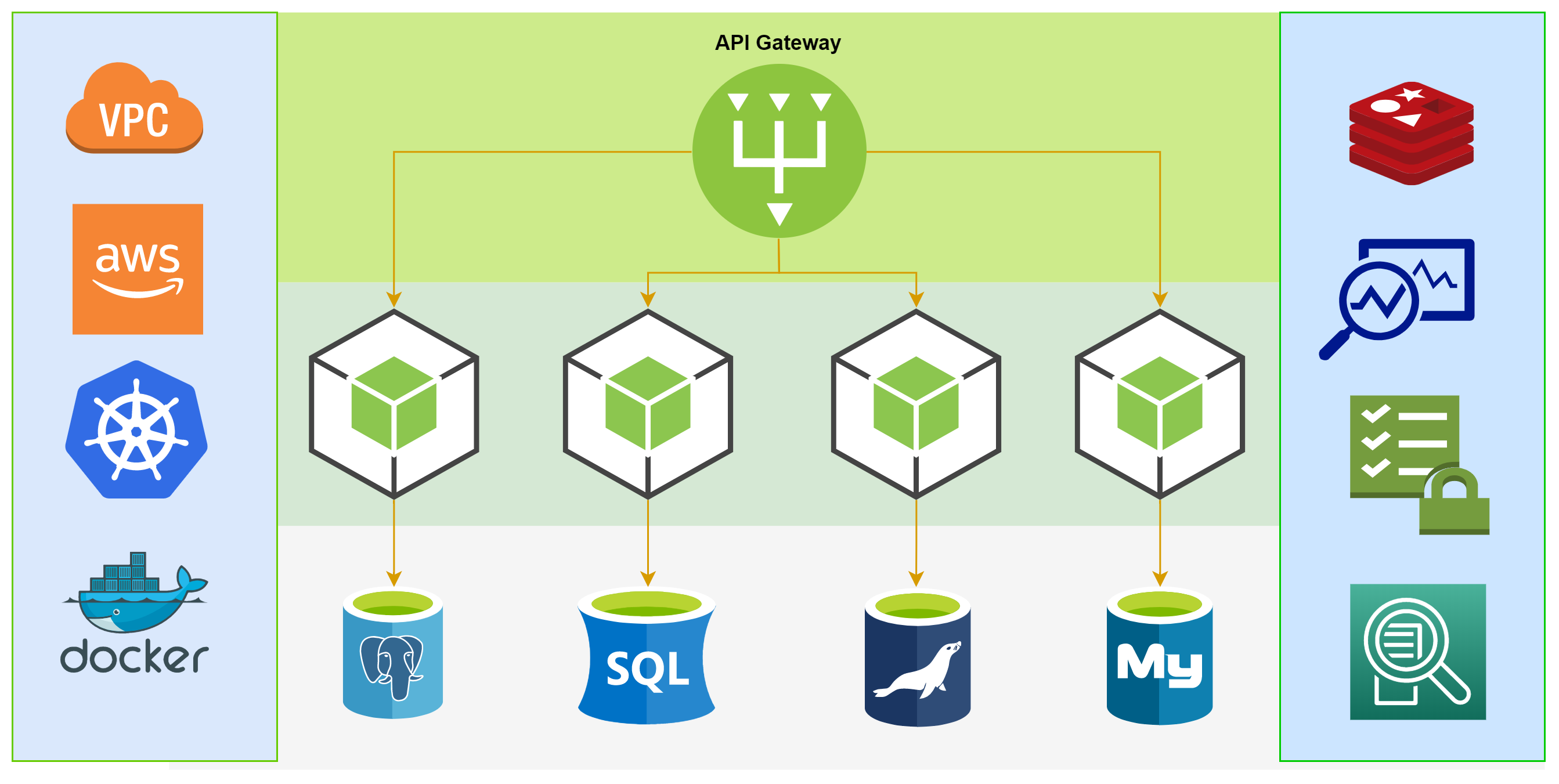As the use of mobile and web apps continues to rise, it’s becoming increasingly important for businesses and organizations to do things at scale. The accessibility and flexibility of these apps have enabled organizations to provide near real-time responses to customer queries and demands, and as these organizations innovate and find new ways to respond quicker, customers now expect nothing less than instant when interacting with mobile and web apps. Social media users make up the bulk of app users globally, and this number is expected to grow to approximately 3.02 billion users in 2021. As of January 2019, the mobile social penetration rate was 42% globally—with social media giant Facebook taking the overall leading position with its more than 2 billion active users around the world. The influence of social media is so substantial that businesses have turned to key opinion leaders to help promote digital growth.
Combine customer demands with data-related concerns and requests from other applications and it becomes more complex and challenging. Even the slightest delay will have a negative effect on operational efficiency and customer touch points. It can also result in revenue loss if current applications aren’t equipped to meet these demands. A feasible solution, especially for large enterprises, is to break up monoliths, or applications that follow the traditional monolithic architecture pattern, into more manageable parts like microservices. The microservice architecture pattern helps provide structure because microservices are loosely coupled, easily maintained, and can be deployed independently. They are also optimized for business capabilities, so even a small team can deploy complex applications frequently and easily.
The Challenge of Scaling Applications
Companies face a common dilemma when scaling existing applications, and this challenge stems from the sheer size of these applications. Downtimes due to long migration processes are common. This disruption or its repercussions can plague an organization for years, and organizations also have to consider the integration of newer applications needed for a business to run. By providing a fast data access layer, an in-memory data grid (IMDG) addresses the challenges of scaling by adding more instances of microservices.
Horizontal scalability is key when dealing with a distributed computing platform because its availability benefits go hand in hand with the breaking up of monoliths into microservices. Since this also limits the scope of software being scaled, it allows for more dynamic scaling. Instead of scaling the entire application, you can focus on scaling only the necessary microservices. This is especially useful if you’re planning to scale everything back once the peak in demand has been met. Scaling microservices individually allows an IMDG to reallocate processing power where it’s needed and allows for the hosting of these microservices on the infrastructure appropriate for its workload.
Below are the main benefits of using an IMDG as the backbone of a microservices architecture.
- Simple lookups
This refers to the common and frequent access pattern of retrieving small amounts of data from a large dataset. Because they occur often, it’s important to optimize the process to help speed up response times. - ACID transactions
Transactions don’t occur as often as lookups but should be given the necessary attention because they raise data consistency issues. An IMDG can process high-volume transactions and configure them to support atomic, consistent, isolated and durable (ACID) transactions. - Map/reduce processing
This allows code to be executed locally for parallel processing so that large volumes of data can be processed quickly. Data replication is also part of the process as a measure to protect the system from failures. - Session state data
This is the key enabler of scaling the system through adding or subtracting instances. It also preserves data in case instances go down or errors are present within the system.
High Performance and Scalability With the IMDG
Data processing has gone a long way through the years, but there’s still a long road ahead—especially when the speed of innovation and the possibilities with big data are considered. Fortunately, the microservices architecture provides the flexibility required to address the performance issues faced by modern applications. This approach, however, is only feasible if the performance and scalability requirements are met. This is where the in-memory data grid comes in. An IMDG ensures scalability throughout the stack and provides maximum throughput with low latency. The platform is here to stay in the long term, and that bodes well for data-reliant organizations that continue to grow in number.

